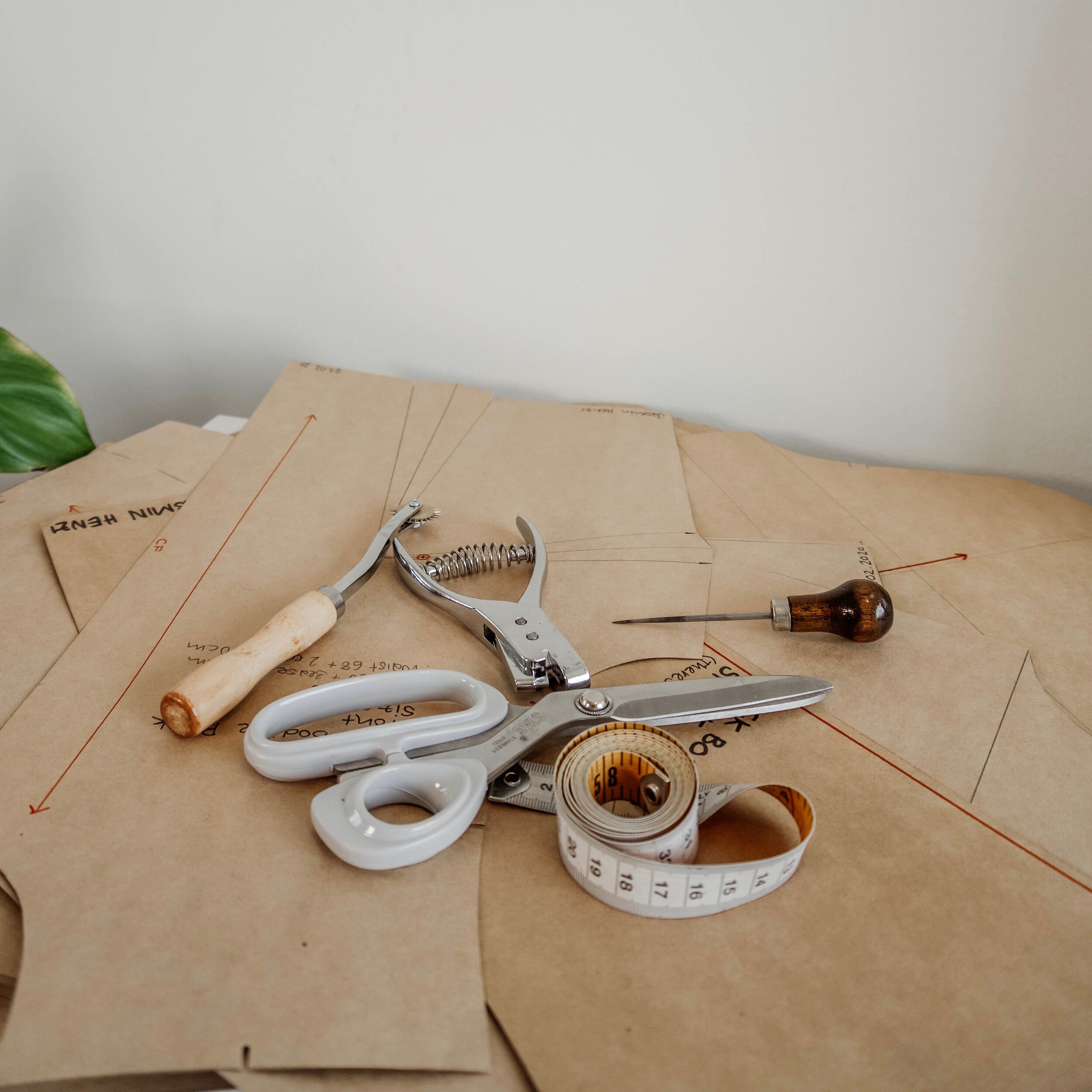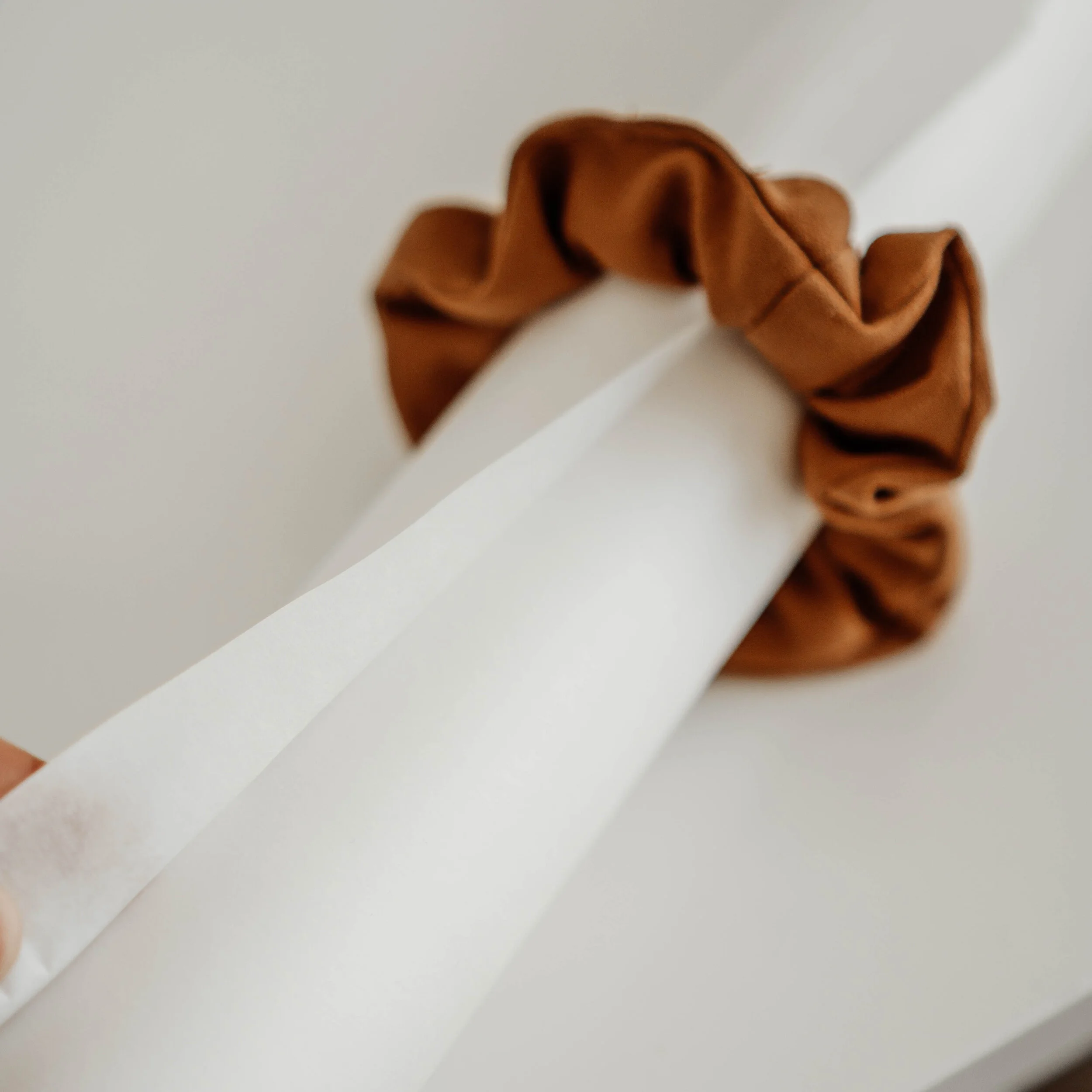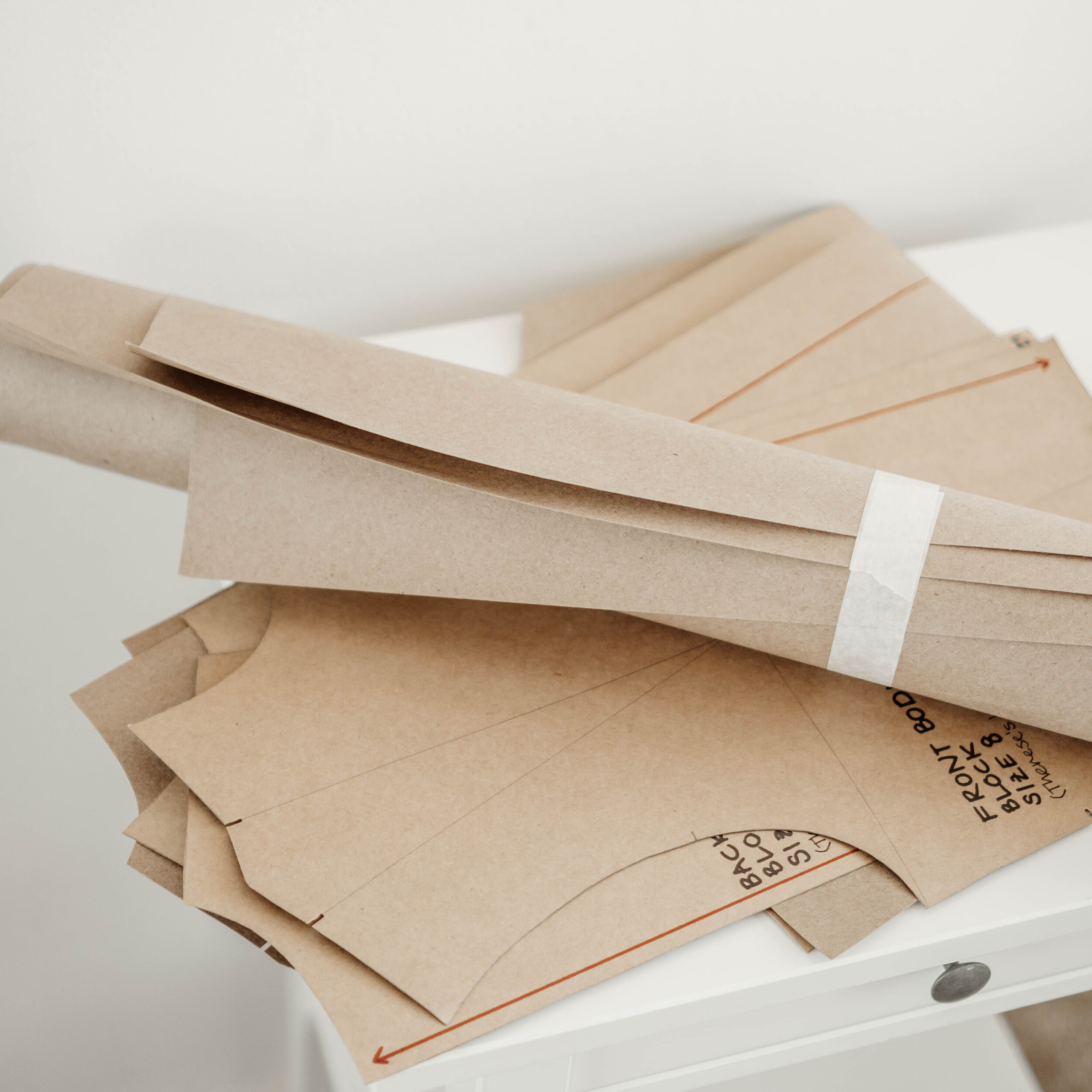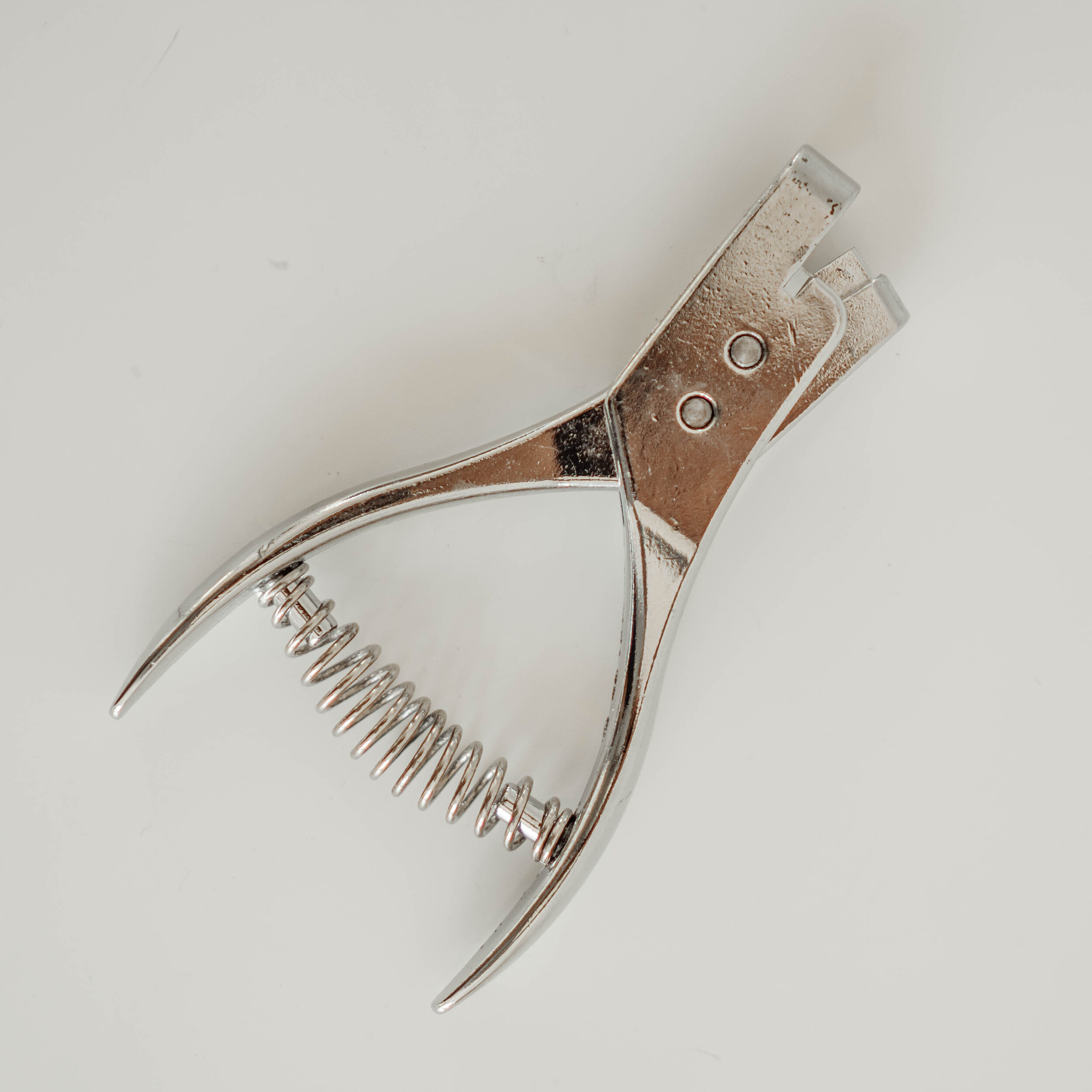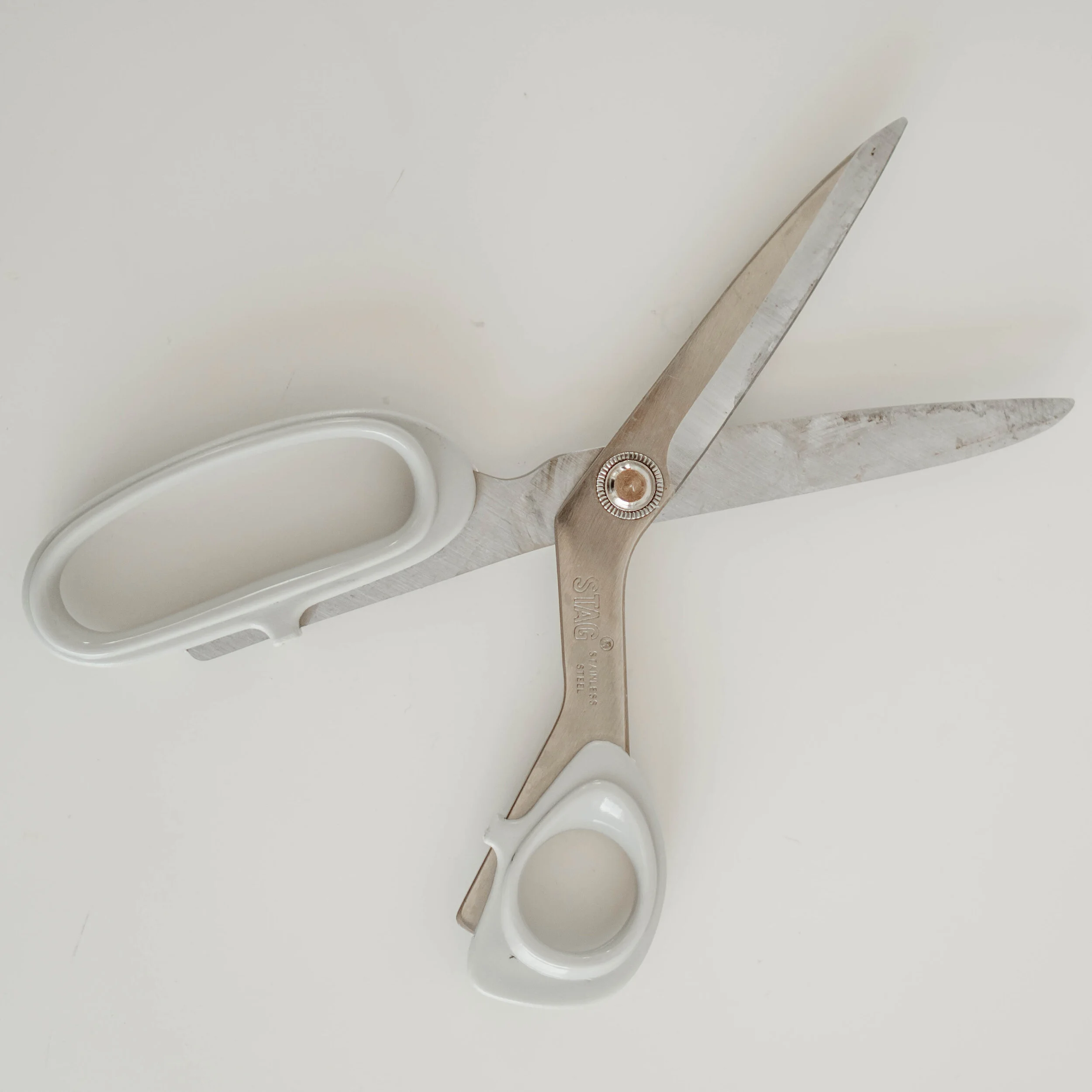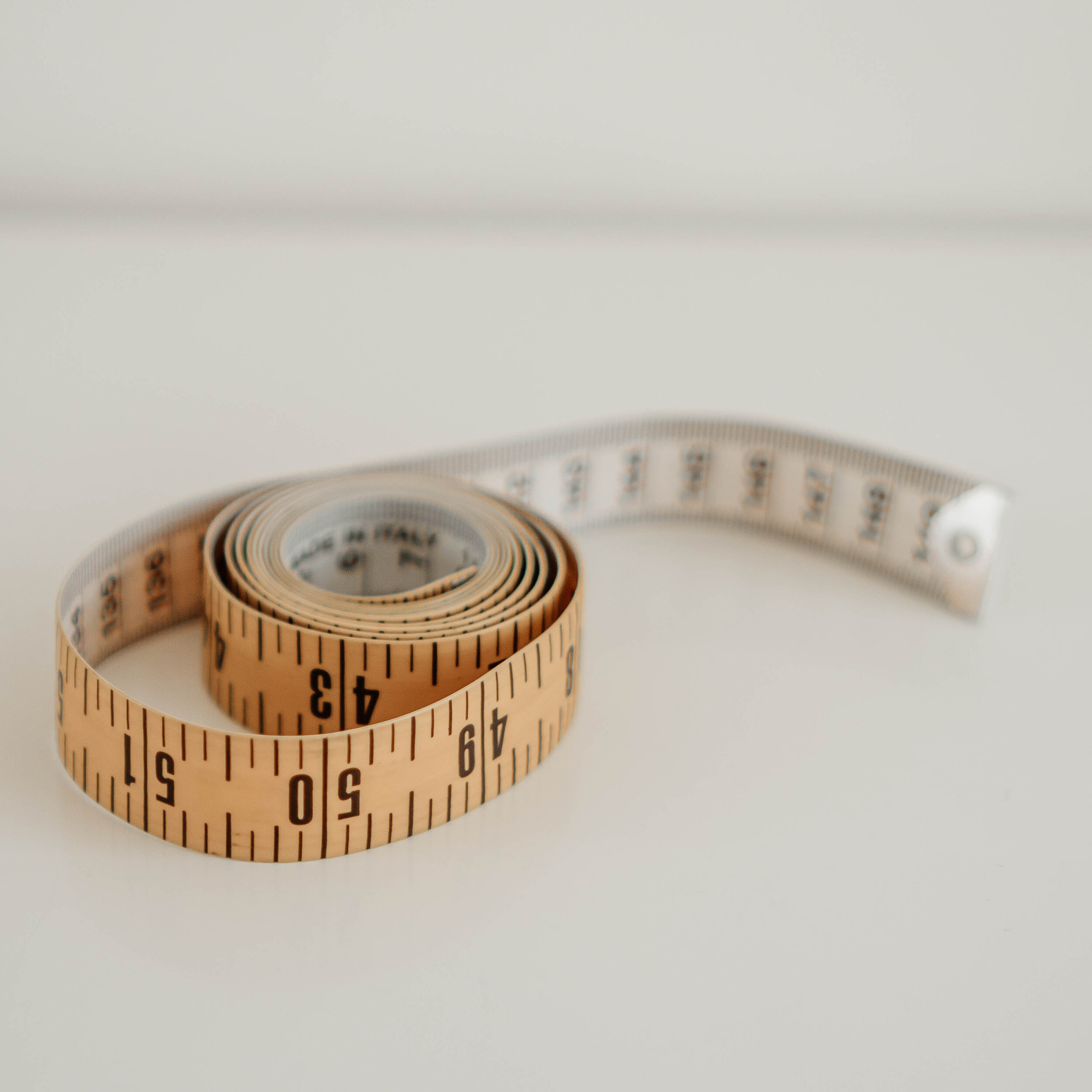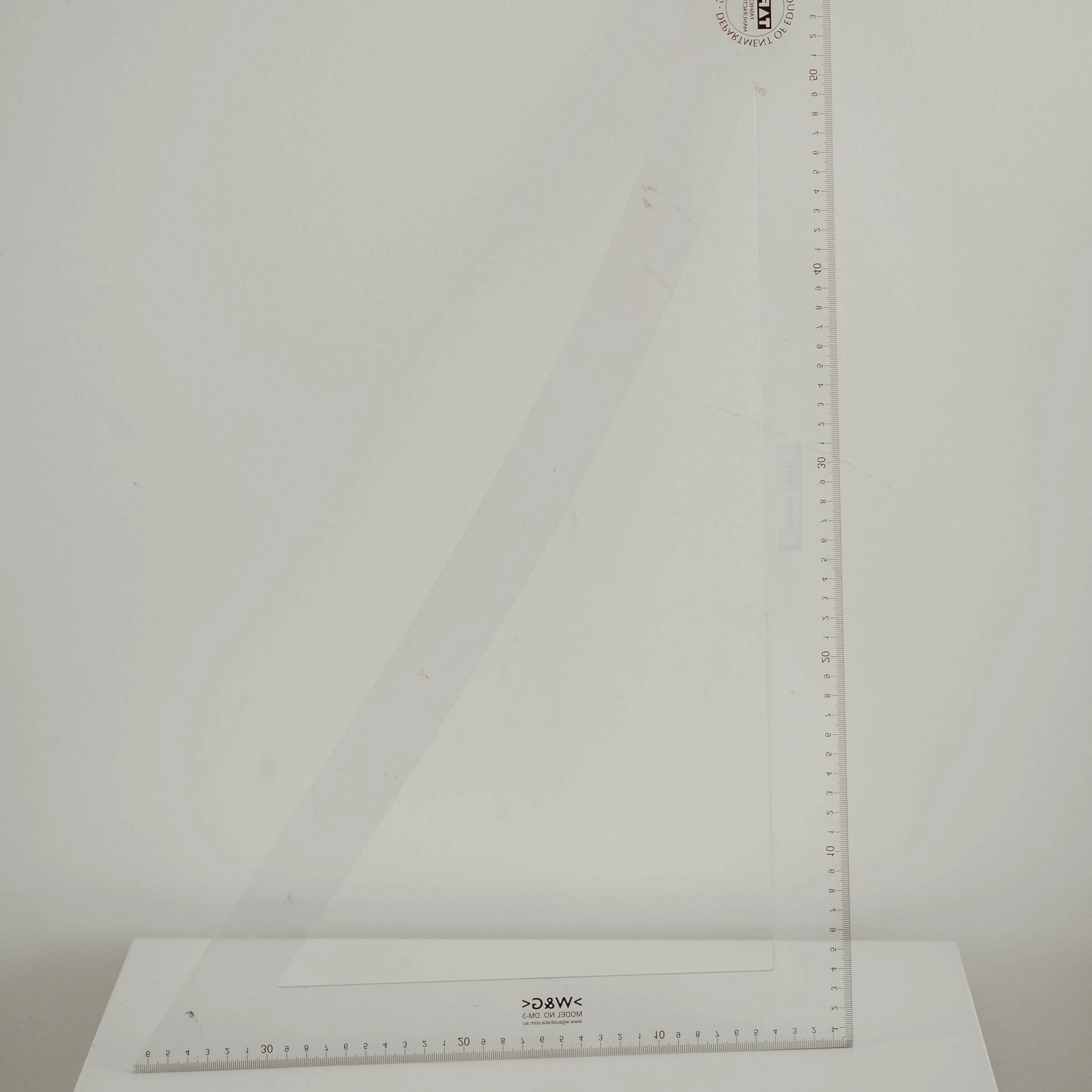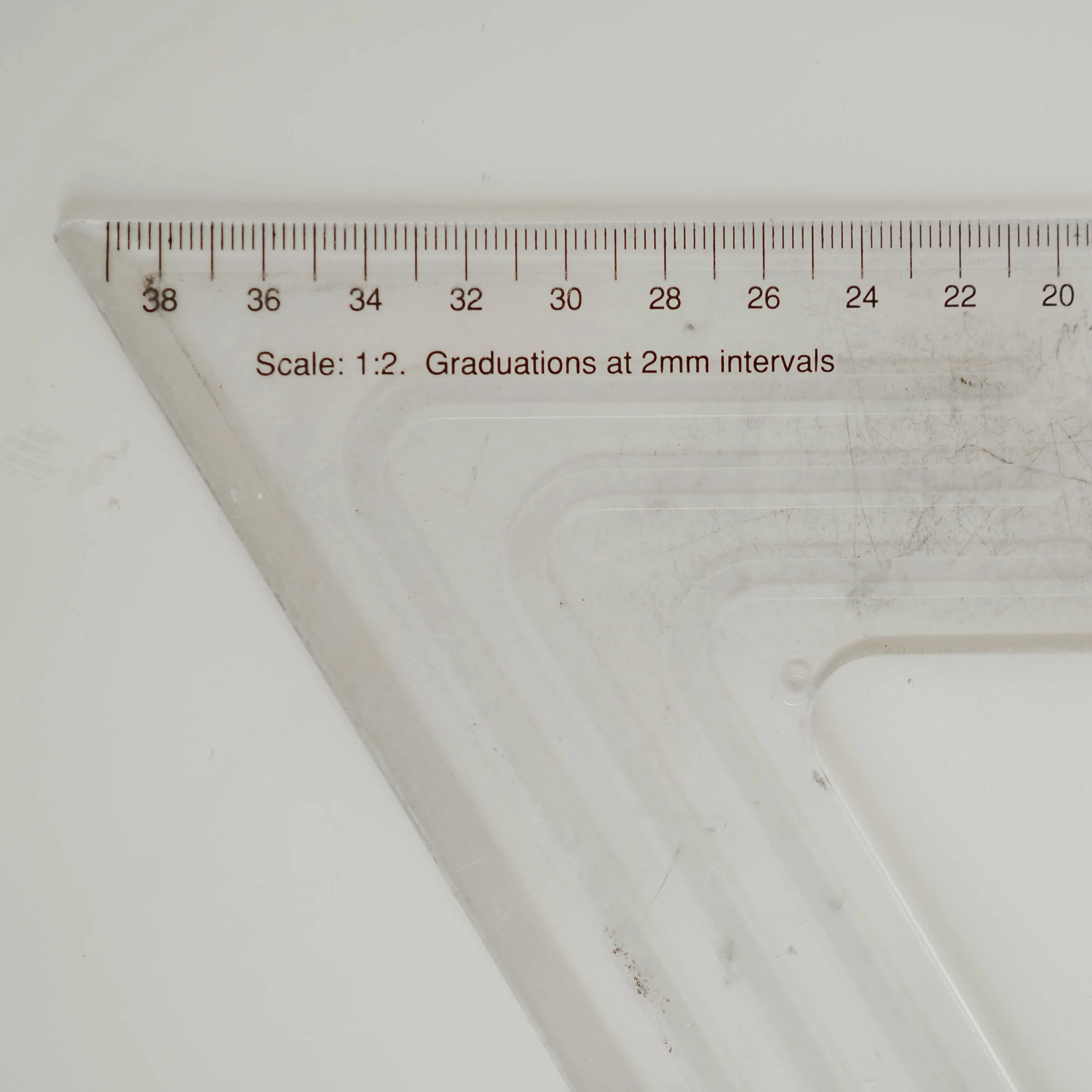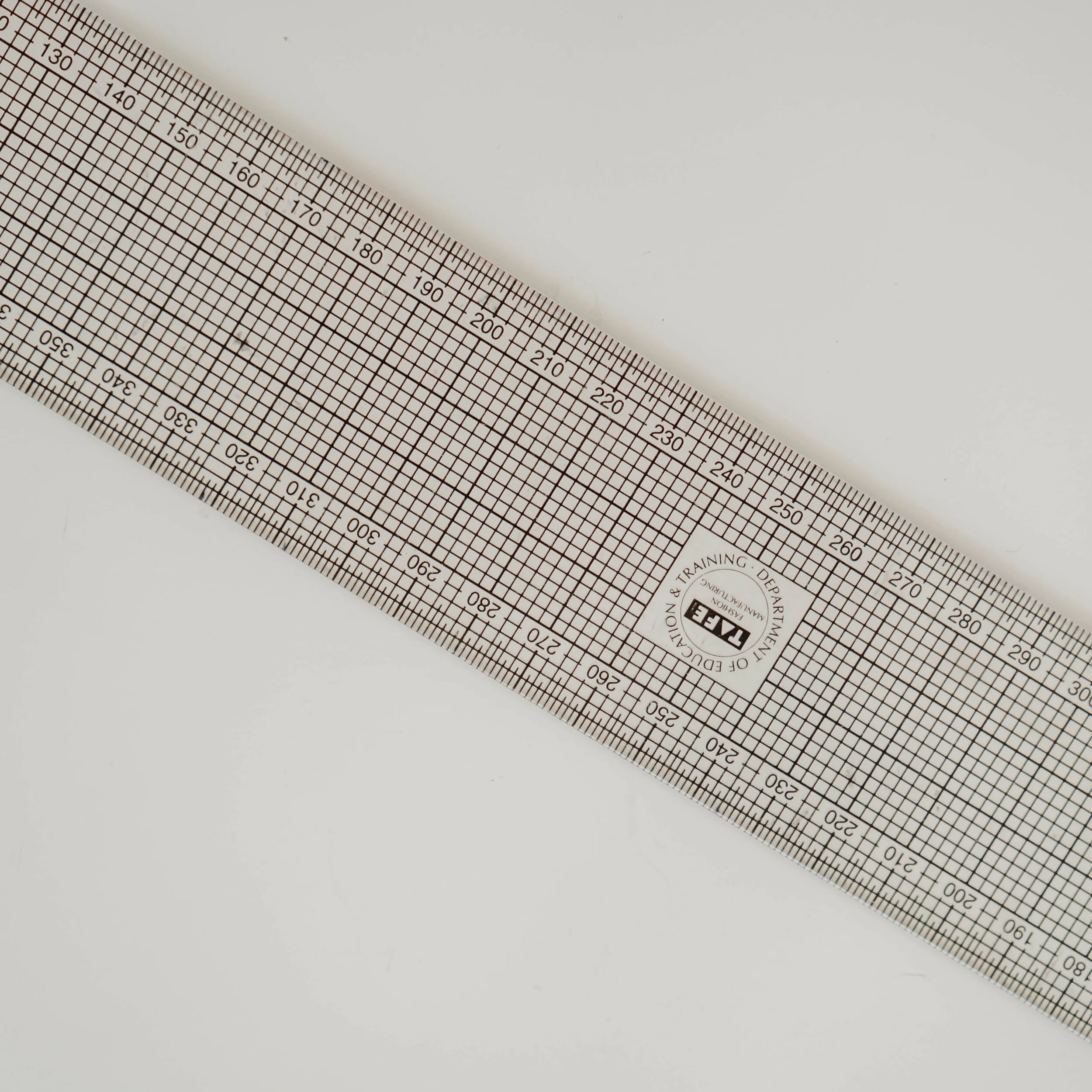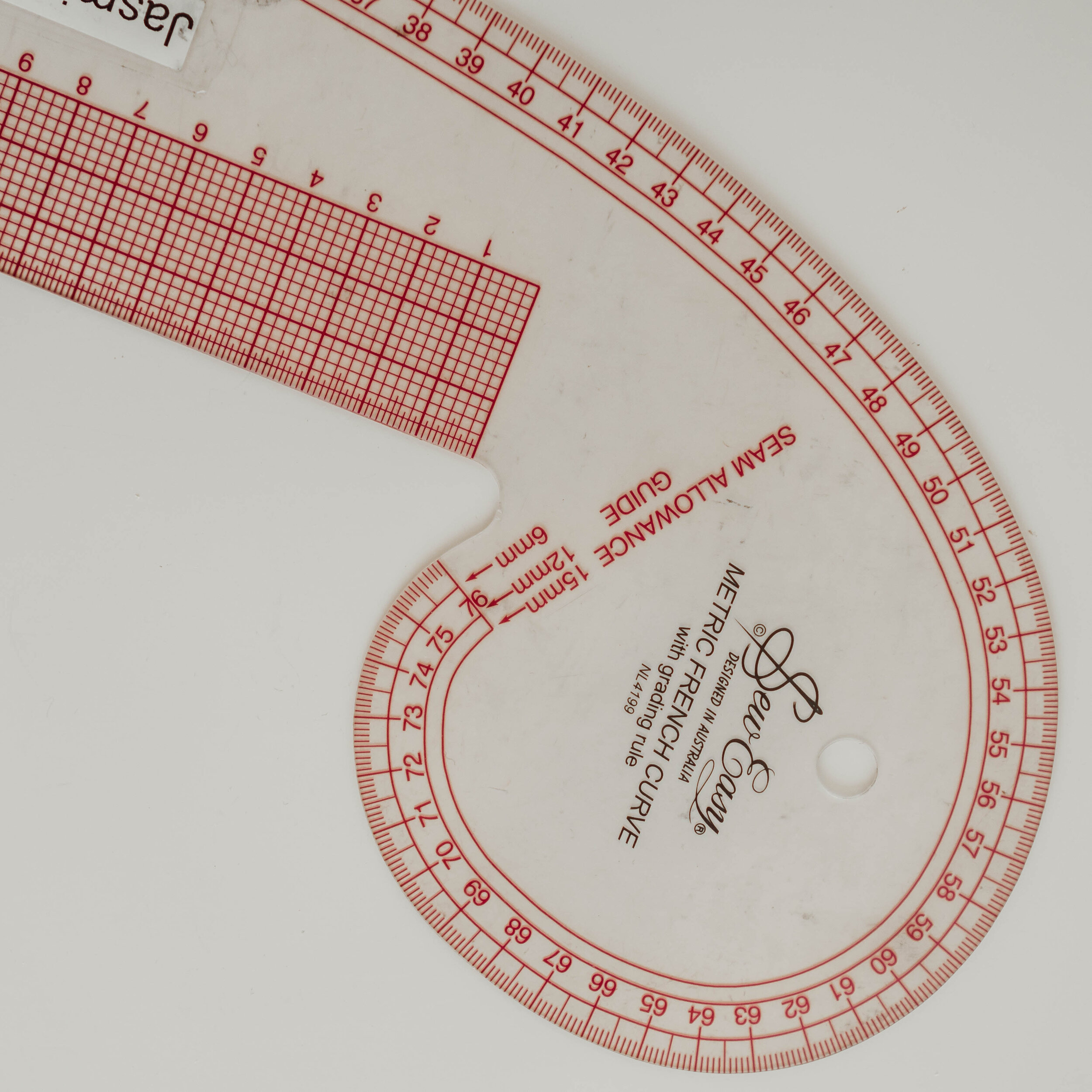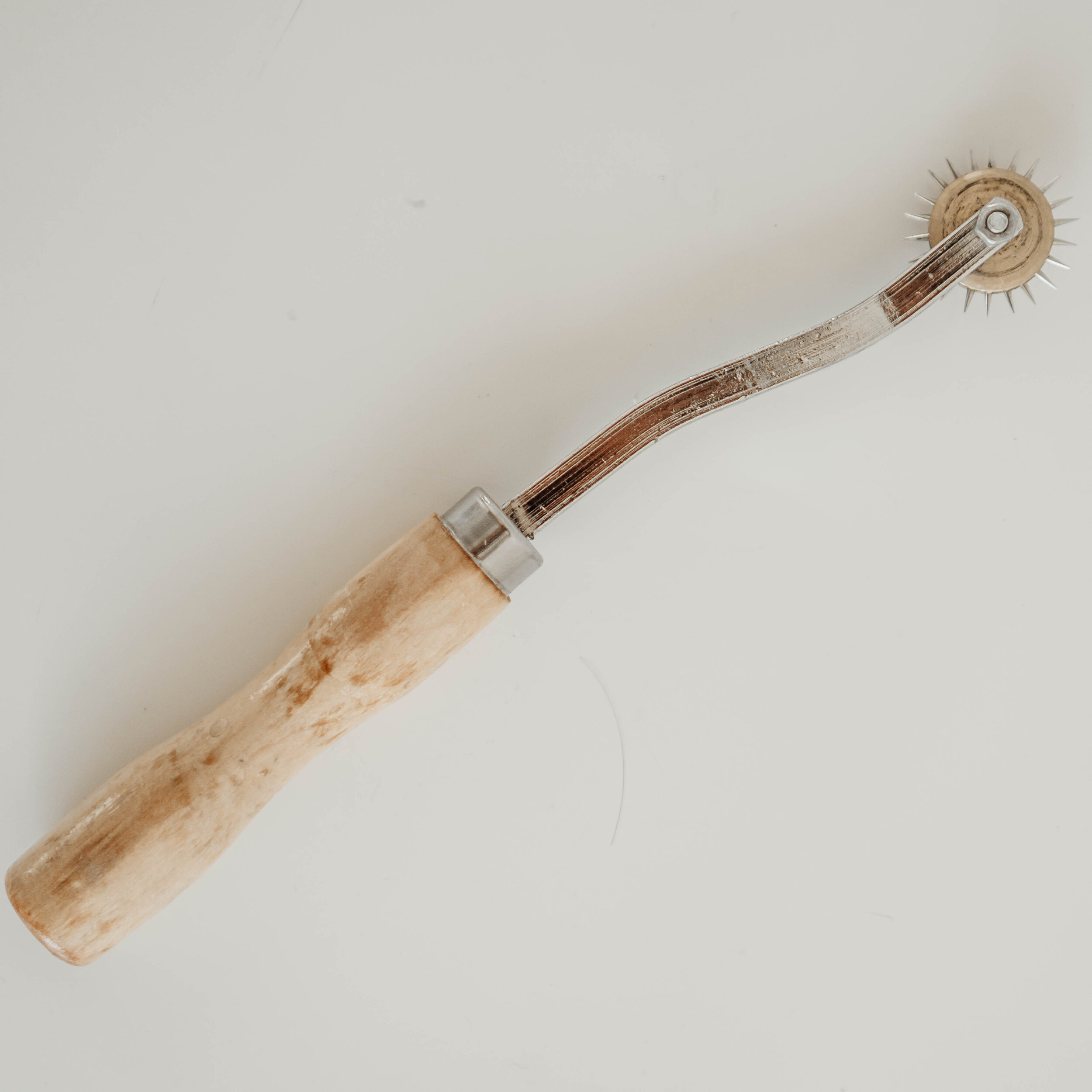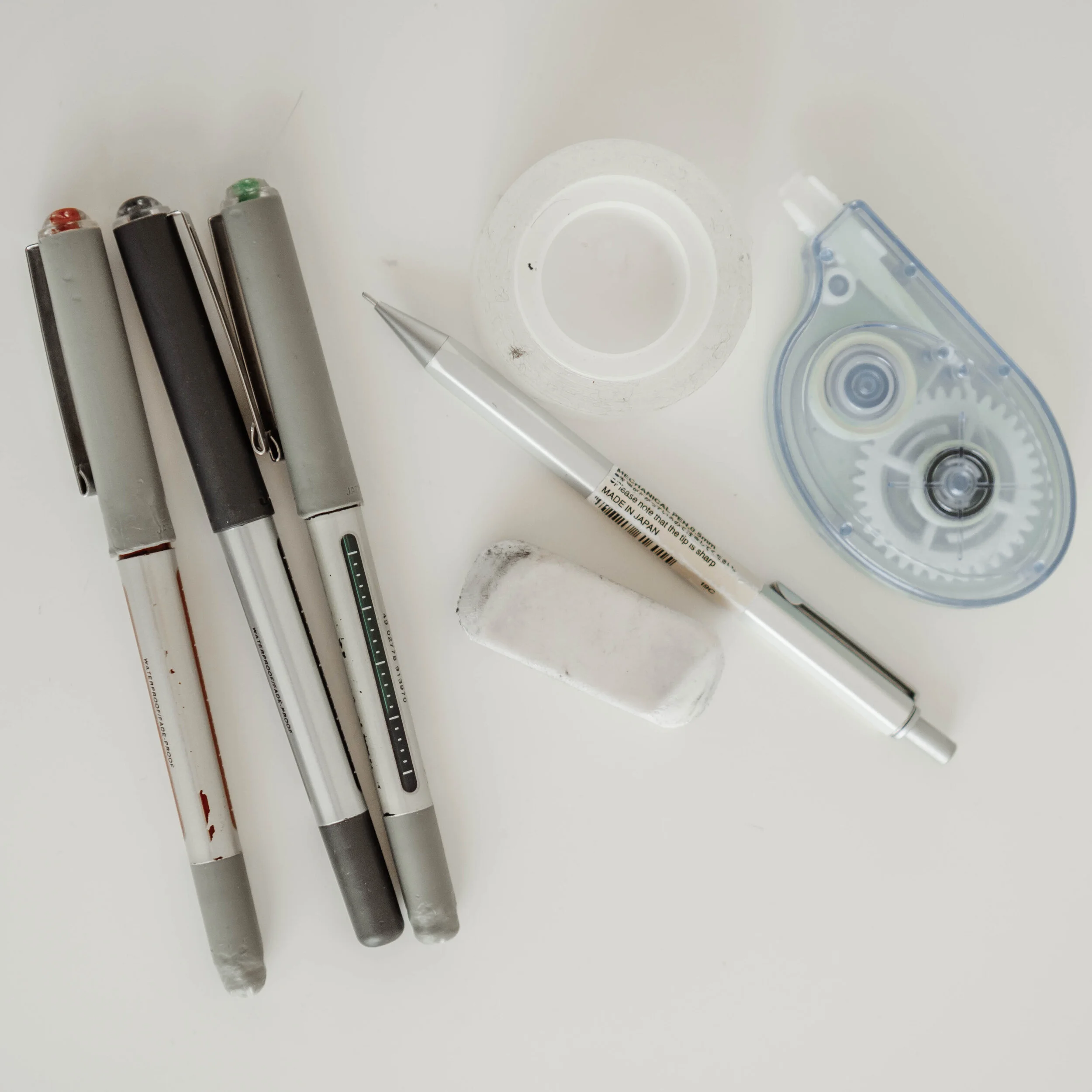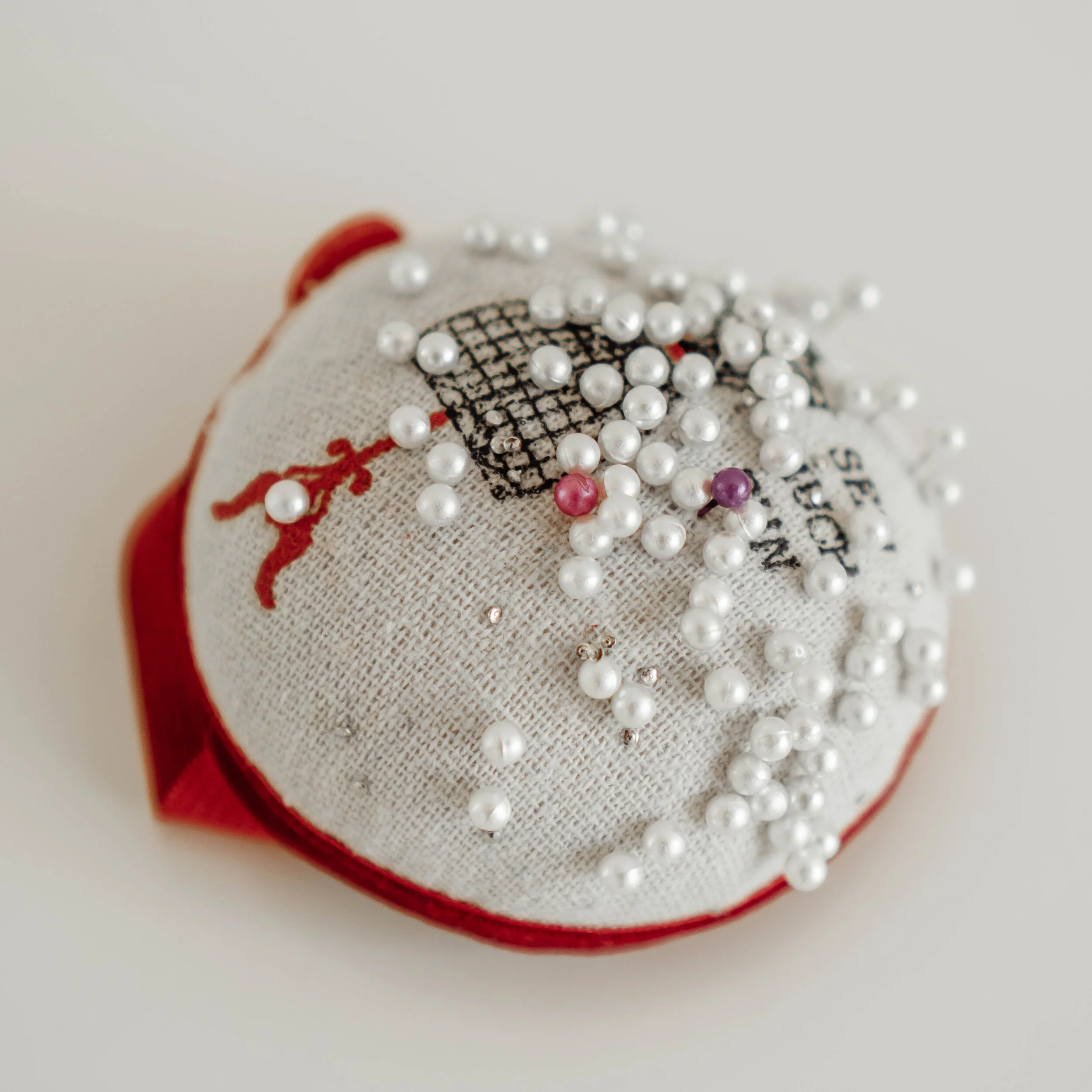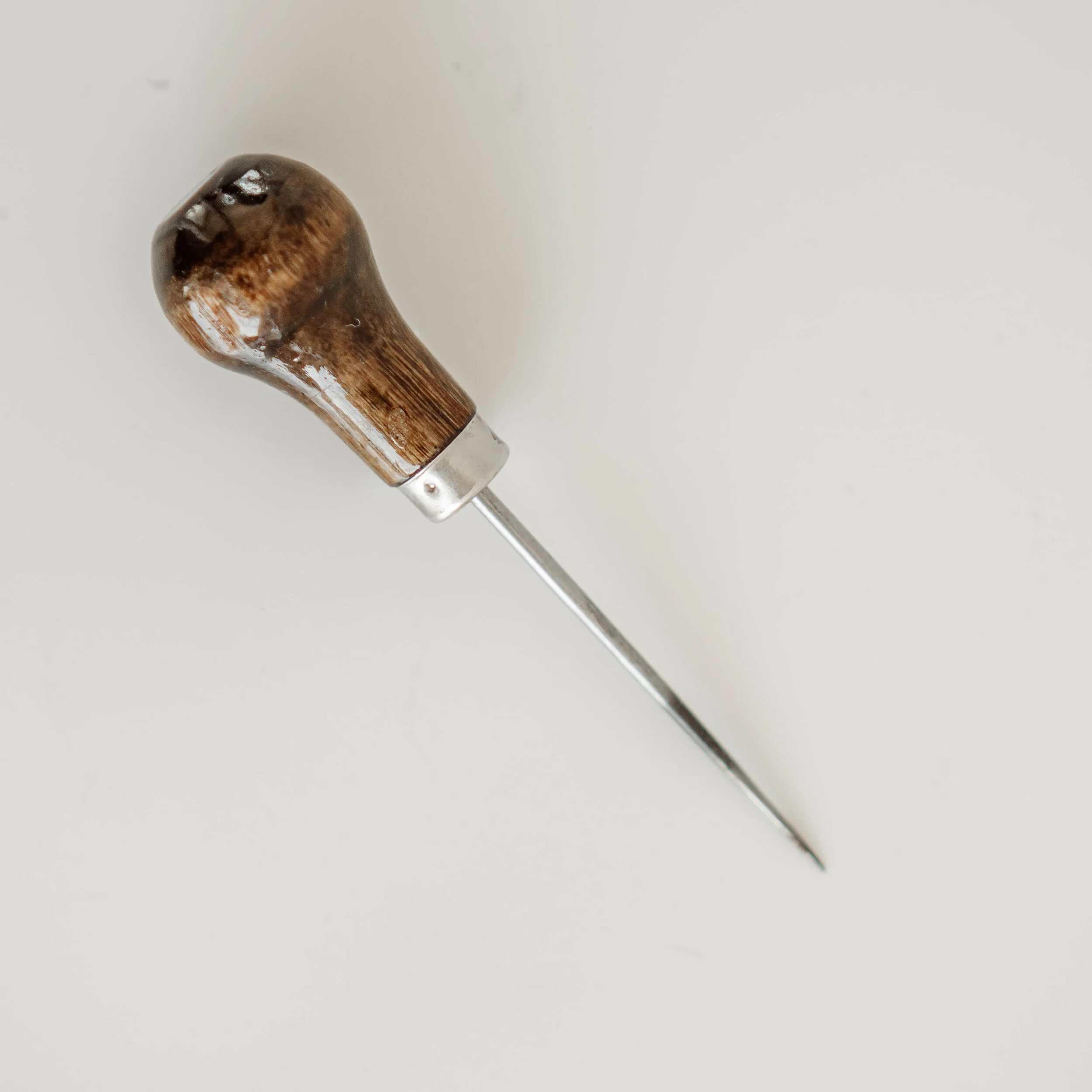My Pattern Making Tools
Sewing and pattern making have turned from my hobby into my little side business over the last year. Over time, I have worked out which tools really work for me. You certainly do not need every single tool in this blog post if you are just starting out, but these are the tools I use and love.
I was first thinking about including links to where you can buy the tools that I have included in the list. My readers are spread all over the world. It does not make sense to my American and European readers if I link shops here in Australia. The only company I could think of that makes their sewing tools easily accessible from most parts of the world was Amazon. I really do not want to support Amazon, so I did not include any links. You should be able to find most of the things that I have mentioned at your local craft and sewing store. Support small and local businesses! :)
Pattern Paper
Pattern making paper is used to draft patterns. Normally I transfer my blocks onto my pattern paper to start. I then adapt the block to create the style I have in mind. This first version of your pattern is called DRAFT. Sometimes I have to close darts, open up hemlines or add flare, this pattern making step is called INTERMEDIATE. Once I am happy with the pattern, I add a second layer of pattern paper and trace the shapes off, add seam allowance and then cut it. This is called the PATTERN. The next step is then to sew up a toile (test garment) to see if I like the fit of the garment.
I use a lot of pattern paper, so I usually buy a 50m roll of it.
Pattern Cardboard for Blocks
I use cardboard to cut out my blocks (sometimes also called slopers). Blocks are standard patterns that fit the body snuggly. They are the most basic form of garments that then can be adapted into different garment styles.
To save time, I have my bodice, skirt, pant and jacket blocks cut out in cardboard so I can trace them off onto pattern paper if I want to make a pattern for a more complex garment.
Pattern Notcher
I use my pattern notcher to cut out little notches on my blocks or other cardboard patterns (you can see the dart notches on the photo above). This makes it very easy to transfer the notches from my blocks onto my pattern paper as the grey lid can simply follow the little cutout on the cardboard.
Paper Scissors
If you are serious about pattern making, you will want to invest in good paper/cardboard scissors because you will be doing a LOT of cutting.
Measuring Tape
I use my measuring tape to measure long lines on my patterns. I find it much easier to measure long distances with a tape than with the rulers.
Set Square
This is my biggest pattern making ruler. It has a 90degrees angle and a slight curve on the longest side of the triangle. The straight sides of the triangle measure 60cm (right side on the photo) and 36cm (bottom edge on the photo.
I also own this smaller set square with grading lines no the shorter sides.
It really is personal preference which set square ruler will work best for you. I recommend larger set squares for making pants and dresses and smaller ones for bodices and skirts.
Half Scale Ruler
A lot of the time if I just do a pattern making exercise without really wanting to sew up a garment, I use half scale instead of full scale. That means that all measurements are half (so if the length of a skirt is 60cm in real life, it would be 30cm in half scale). I do this because it is much faster and easier to do on a normal size table.
I recommend to use half scale when learning new pattern making skills, it uses less paper, less fabric and is easier to handle.
This ruler is very handy because it shows half scale measurements.
Grading Ruler
Grading describes the process of transforming a pattern into all the sizes you want to sell/use the pattern in. I normally pattern make a base size Small or Medium and then grade the pattern into all the other sizes from the base size.
This ruler helps because it makes shifting a line for a certain amount of millimetres very easy.
French Curve
French curves are used to draw curved lines when pattern making. Traditionally, a pattern has curved lines along the neckline, armholes or following the hip curve.
The French curve is very useful because it has many different degrees of curves if that makes sense.
Tracing Weel
I use my tracing wheel to transfer pattern markings from cardboard onto paper or sometimes the other way around.
Especially when proofing darts, a tracing wheel can come in very handy.
Grey Lid, coloured pens, eraser, sticky tape
These are probably my most used pattern making tools. I normally draw all pattern lines with my grey lid pen from Muji. I then mark the grainline in red and the fusing pieces in green. I use a black pen to write down the style name, pattern piece description and the cutting instructions.
I often use my sticky tape to tape together pattern pieces or when closing darts.
Because I make a lot of mistakes, the eraser and the white out are my best friends.
Sewing Pins
A pin cushion is always on my wrist when pattern making. I use it for example when I trace off something on the fold and then cut out both sides. I pin the two paper layers together so it is easier to neatly cut through both layers without the bottom layer moving.
Pattern Awl
I use my pattern awl to transfer dart points and drill holes from my blocks onto my paper pattern.
Calico
Once my pattern is finished, I sew up a toile (test garment) in calico. Calico is a cheap, non-stretch, very basic fabric that shows the fit of garments very well.
When fitting the calico toile, I sometimes draw directly onto the toile and then transfer my changes to the pattern.
Once I am happy with the fit of the calico toile, I then cut out the pattern in my fashion fabric.

